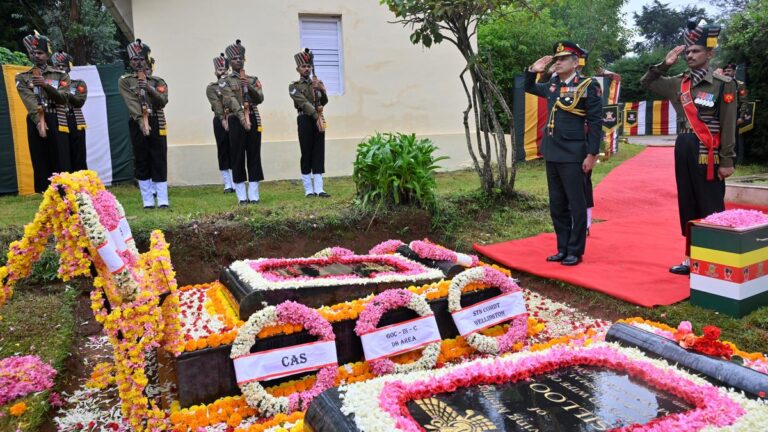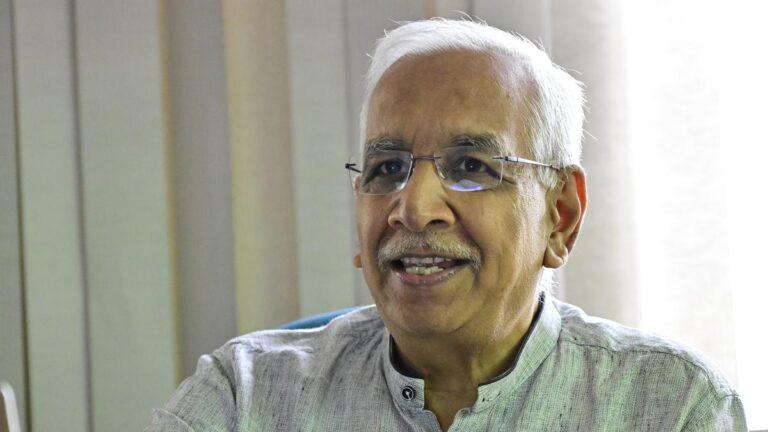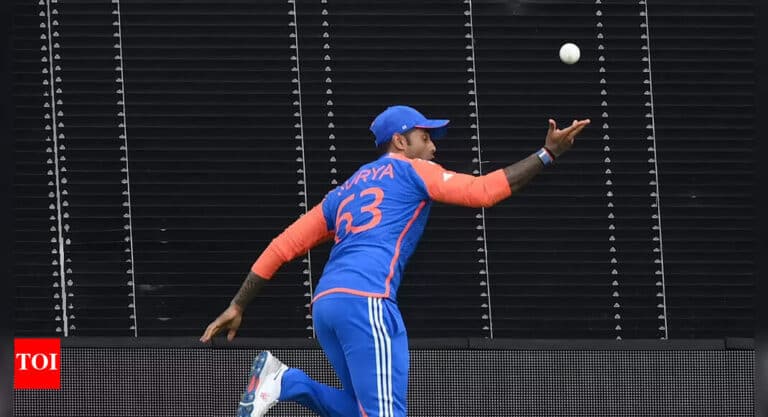The highway from Visakhapatnam leaves behind the coast and cuts inward, winding into hills, moving past roadside tea stalls and fields. In about four hours from the Visakhapatnam, I cross the Andhra-Odisha border into Rayagada and approach Similiguda in Odisha’s Koraput district. Here, navigation becomes more intuitive, led less by maps and more by remembered landmarks, turns in the road and the occasional instruction from a passing voice.
Koraput district in southern Odisha has a layered geography. It is hilly but not alpine, forested without being impenetrable. It is a place where social and ecological landscapes are entangled in everyday life. The indigenous tribes, Paraja, Gadaba, Bonda and Kondh among others, have lived here for centuries. Their presence forms the region’s cultural identity.
I am headed toward a stretch of highlands that, until not long ago, lived primarily in the accounts of seasoned adventure travellers. Deomali and Talamali, two striking peaks in Odisha’s Koraput district, recently stepped into the public eye. The catalyst was cinema. Director SS Rajamouli had selected these remote elevations as filming locations for key scenes in his upcoming project SSMB29. The attention was recent, but the terrain remains largely untouched by it.
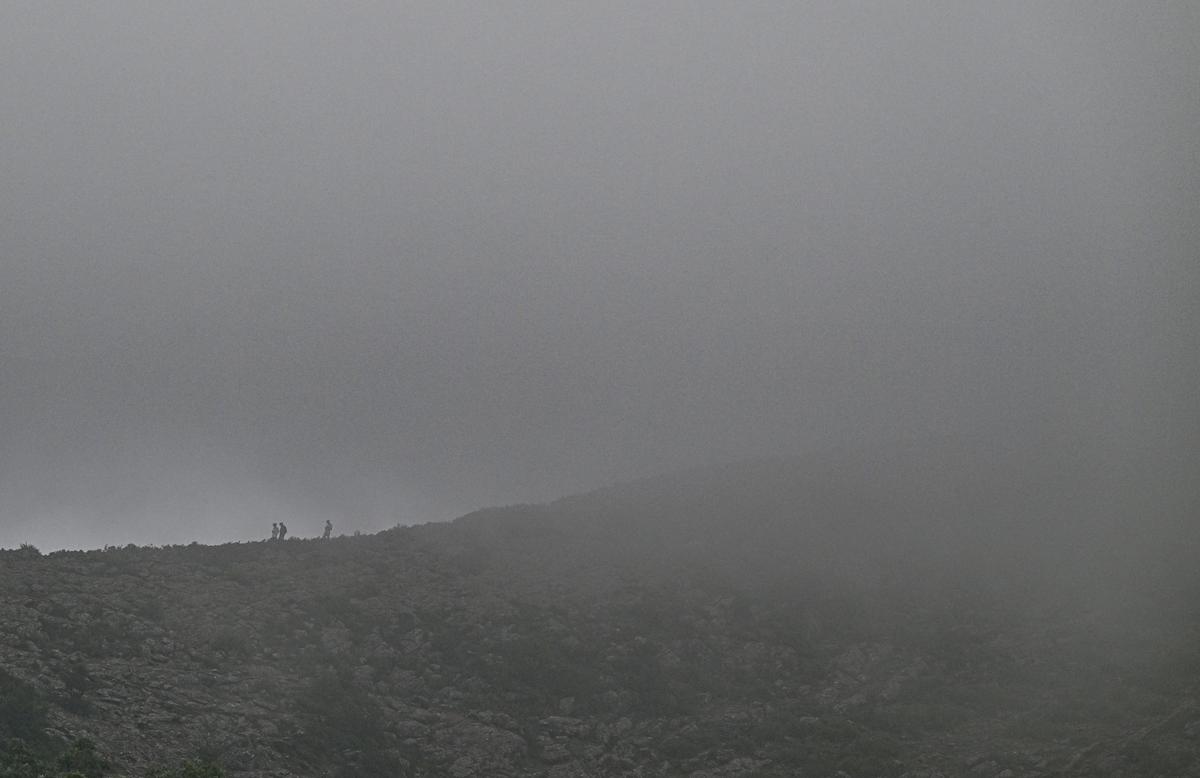
A view of Deomali, the highest peak in Odisha’s Koraput district, providing clear views of surrounding hills and valleys.
| Photo Credit:
KR Deepak
Deomali, Odisha’s highest point at 1,672 meters, is about two hours by road from Similiguda. The road to it is manageable, even if slightly indifferent in parts. What awaits at the summit, however, is not merely a view, but a sense of proportion. Hills do not compete here. They form sequences, rolling softly toward the horizon, none clamouring for more attention than the next. On the morning I reach the top, mist moves lazily across the lower valleys, not quite lifting but never quite settling. The air is dry, faintly cold and holds the scent of stone and soil.
Tourism here is modest, almost reluctant. A few State-sponsored signs and a gate announce Deomali as a destination, but there are no large commercial interventions. This, perhaps, explains why it was selected as a key location for the second schedule of SSMB29. According to local authorities, the Odisha schedule of the shoot centred primarily around Talamali, a lesser known, almost uncharted mountain top; but now Deomali, too, had film vans and lighting rigs making slow inroads across its plains.
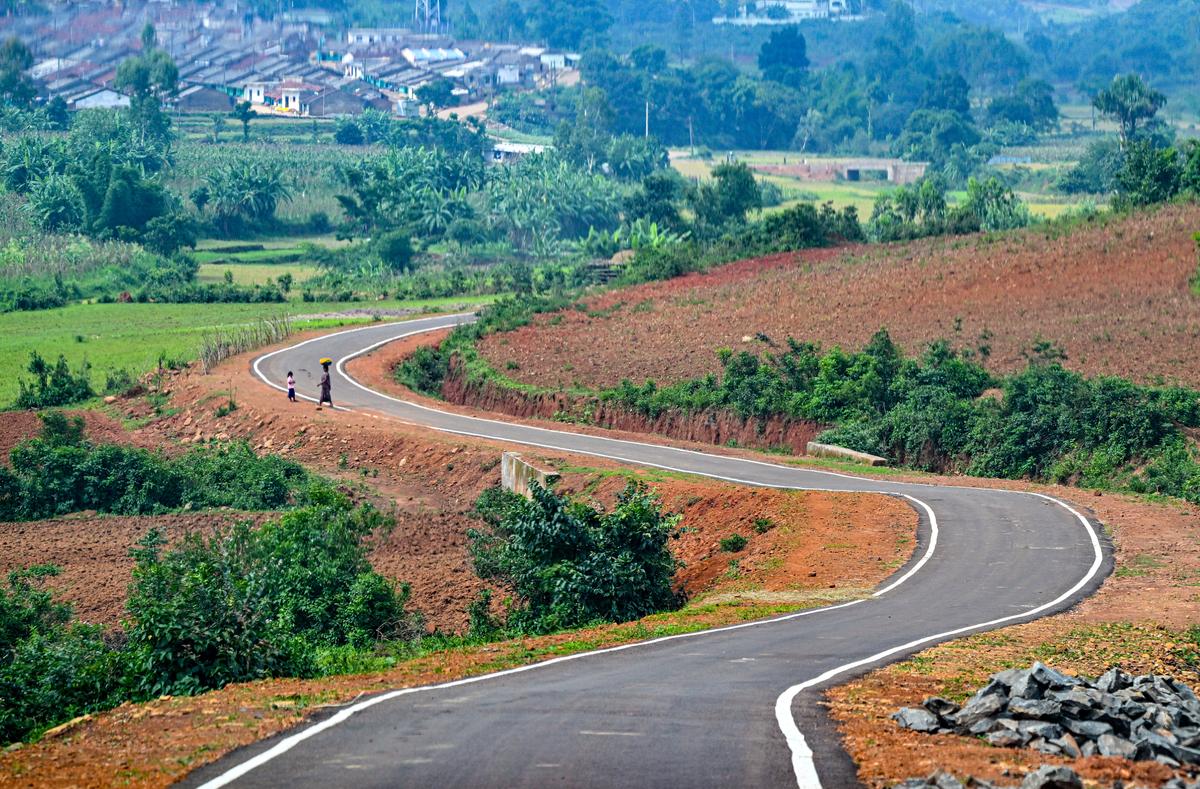
A view of road leading to Talamali in the Eastern Ghats in Koraput district in Odisha, offering panoramic views of rolling hills in mist during the monsoon season.
| Photo Credit:
KR Deepak
Soaking in the fresh air for an hour, I turn towards Talamali, which is less than an hour from the same base. If Deomali is known in brochures and State tourism circuits, Talamali remains mostly undocumented. Yet it may well be the more distinctive of the two. Locals refer to it as the ‘Table-Top Mountain’. The summit is exactly that. Flat, level, and expansive, unlike anything else in the region. There are no obvious signposts or visitor facilities. The route is known by those who live nearby.
A young guide from the Gadaba tribe accompanies me on the final stretch. His pace is unhurried, his instructions minimal.
Talamali

A view of Talamali, perched atop the Eastern Ghats in Koraput district, in Odisha.
| Photo Credit:
KR Deepak
Talamali occupies the summit of a broad, commanding mountain, its elevation granting it a vantage few places in Koraput can match. The road leading to it is wide, well-maintained. From its main clearing, the land appears to drop away on all sides, unfolding into a broad tableau of uninterrupted hills and ridges that stretch deep into the horizon. The terrain is layered with green folds. Here, the sweep of the sky feels unusually close, especially during the monsoon.
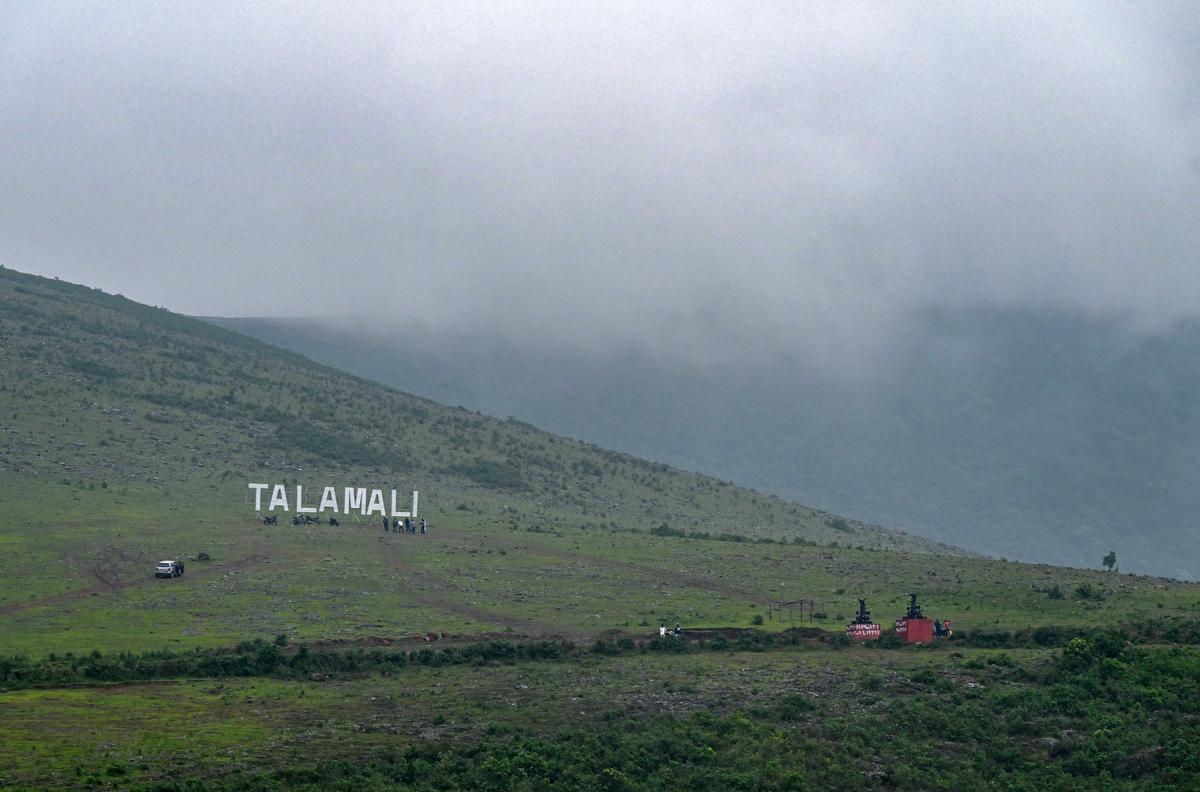
A view of mist-covered Talamali, atop the Eastern Ghats in Koraput district in Odisha.
| Photo Credit:
KR Deepak
The approach to Talamali is as revealing as the summit itself. Along the winding roads, tribal men and women appear by the roadside, walking towards fields, sometimes seated at road points. As I near the destination, there are no visible signs of habitation until my gaze follows a sloping ridgeline and lands on a broad signage fixed across a distant slope: Talamali.
Talamali has begun to register on the itineraries of local travellers. Its growing presence on social media is apparent. Some arrive equipped more for content than for experience. A few discarded wrappers and plastic bottles scattered along the slope tell their own story. If any conservation is to be meaningful, especially here where natural and cultural continuity still hold, it will need to begin with simple, decisive measures. The chief among them, a strict ban on plastic.
Stay options
There are hardly any places to stay in or around either Deomali or Talamali. At the base of Deomali, a modest eco-stay facility serves travellers, but it is limited in both space and amenities. A larger ecotourism project that was coming up atop Deomali is currently halted, following a stay order issued by the National Green Tribunal. Talamali offers no such option.
How to reach
Koraput is located at a distance of 200 kilometres from Visakhapatnam.
The place is well-connected by road and train from Visakhapatnam.
Stay options are limited at Deomali. Travellers can stay in Rayagada, which is located at a distance of about 100 kilometres.
Anija Golf Resort in Rayagada conducts day-long packages to Deomali and Talamali that include travel and a taste of Koraput cuisine.

A view of Anija Golf Resort in Rayagada in Odisha.
| Photo Credit:
Special Arrangement
For this reason, many visitors base themselves in and around Semiliguda or Rayagada. Anija Golf Resort, located at Rayagada about 100 kilometres from Koraput, is among the few proper accommodations in the vicinity. With its well-kept grounds, over 30 cottages, quiet atmosphere and logistical support, it fills the gap. The resort also organises day tours to both Deomali and Talamali, led by people who know the terrain well.
Published – June 27, 2025 11:00 am IST


